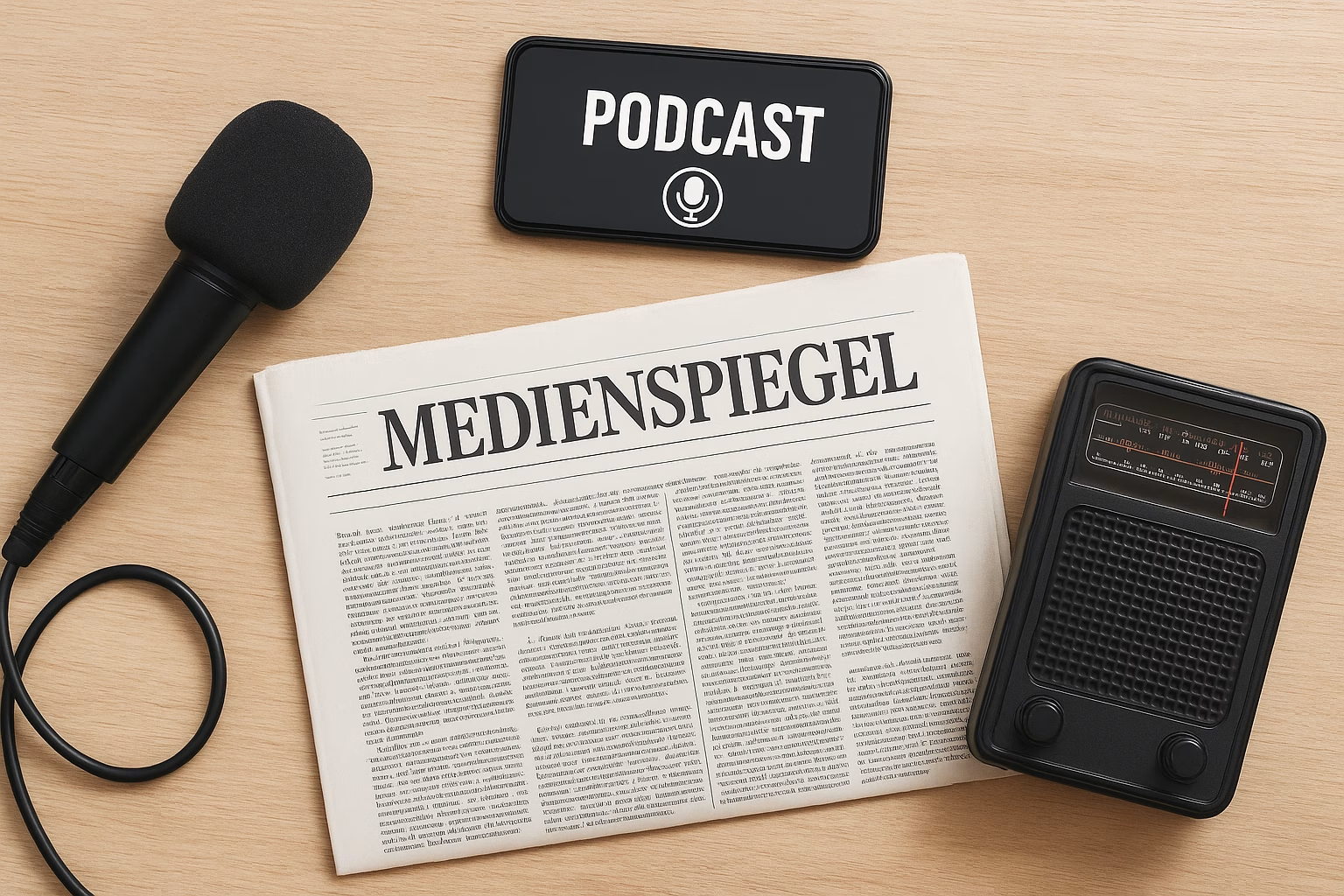We actively inform the public about the results of our studies
An important public discussion in recent years was the presentation of “Fake News” in the media, such as newspapers, radio, internet or television. We therefore reaffirm our commitment to provide reliable and transparent information on environmental aspects to all types of media. We are happy to work with journalists who use our studies as a basis for their work. Please provide us any citation or interpretation before being published to be rechecked by our experienced staff. Our work has been recited in numerous articles in newspapers, radio and television. Here you will find examples from non Swiss-language media. Please look for the German or French page in order to get more examples.

| Title | Media | Date | Theme | Type |
|---|---|---|---|---|
| Meet the SimaPro Partner Network | You Tube | 27/09/2022 | Sustainability is not something any person, company or institution can achieve alone. We are more powerful, resourceful and successful when we collaborate and act in community. | Online |
| Profuture – description of the project and the ESU tasks | EU projects | 16/11/2021 | Online | |
| Paper pallet wrapping is a thing now! | Mondi | 09/11/2021 | Online | |
| Study shows major influence of Swiss trading companies on environmental impacts | Green Growth Knowledge platform | 30/10/2018 | Depending on the raw material, between 20 and 65% of world trade is handled by companies based in Switzerland. The extraction, processing and transport of these materials pollutes the environment. Because these goods do not physically reach Switzerland, their quantities are not recorded in foreign trade statistics, and associated environmental impacts have not been factored into assessments of the country’s overall environmental impacts. | Online |
| Best practice for calculating the carbon footprint of airplane transports | LCA Discussion Forum | 30/08/2017 | Water vapour emissions in high altidues (e.g. due to air transport) need to be considered for calculation of the related global warming potential. | Online |
| Life Cycle Assessment of Organic Cotton Fiber (2014) | farmhub.textileexchange.org | 24/11/2014 | Textile Exchange engaged PE INTERNATIONAL, a global market leader in sustainability strategic consultancy, to conduct an Life Cycle Assessment (LCA) for organic cotton fiber. The study is based on data from producer groups located in the top five countries of organic cotton cultivation; India, China, Turkey, Tanzania and the United States. These countries account for 97% of global organic cotton production. The LCA investigated the impact of organic cotton cultivation in the categories of climate change/global warming potential, soil erosion and soil acidification, water use and consumption and energy demand. The LCA study is in conformance with ISO 14040 and ISO 14044.The critical review panel included three of the leading figures in the field. The panel was chaired by Ing. Paolo Masoni, Research Director at ENEA in Italy. He was joined by Dr. Niels Jungbluth, CEO of ESU-service, Switzerland. and Dr. Christian Schader from the Research Institute of Organic Agriculture in Switzerland (FiBL). | Online |
| Dealing with different standards in practical work: examples on biofuels | LCA Discussion Forum | 09/09/2014 | 56th LCA Discussion Forum – Are Environmental Declarations Of Products And Organisations The Way To Harmonise LCA’s? | Online |
| Application of the ENVIFOOD protocol to SMEs: what is feasible and realistic? | LCA Discussion Forum | 09/09/2014 | Online | |
| SUSMILK: LCA of milk processing explained | youtube.com | 01/03/2013 | ESU-services participates in the SUSMILK project where we investigate environmental improvements in dairies. Niels Jungbluth explains the tasks and challenges in this project. For more information: SUSMILK | Online |
| Oh dear god, please don’t tell me chocolate is killing the planet? | BBC | 30/04/2009 | Are you chocolate crazy, but also annoyingly aware that cocoa beans have to be cultivated in the tropics, shipped over to Europe, fermented, dried, roasted, ground and shaped into bars, wrapped in foil and finally driven to the sweet shop? Fret no more. Thanks to a new study, we can now at least make an informed choice about which type of chocolate has the smallest footprint, namely, dark chocolate. | Online |
| The right to 35 mobiles | lowtechmagazine | 13/02/2008 | The mobile telephone infrastructure also consumes more energy than the fixed phone infrastructure. According to a Swiss study dating from December 2004, transmitting information over a mobile network costs 3 times more energy than over a fixed network (including the extra copper and fibre glass used by the fixed phone network). | Online |
| The right to 35 mobiles | lowtechmagazine | 13/02/2008 | The mobile telephone infrastructure also consumes more energy than the fixed phone infrastructure. According to a Swiss study dating from December 2004, transmitting information over a mobile network costs 3 times more energy than over a fixed network (including the extra copper and fibre glass used by the fixed phone network). | Online |